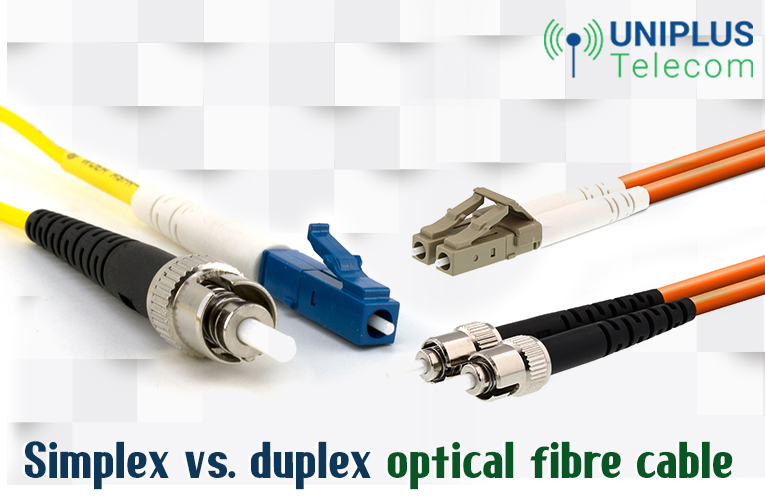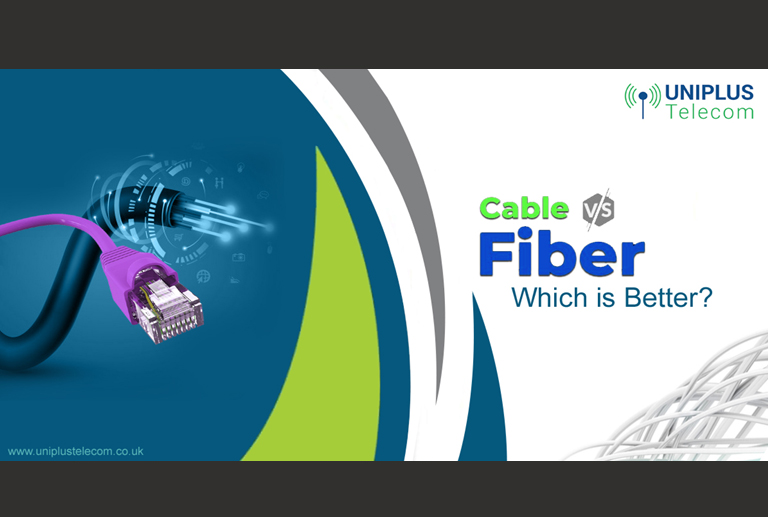Optical cord or optical fiber cable is one of the vital components of a business fibre broadband network. Among the various forms of optical cables, simplex and duplex optical cables are the ones that are most commonly used. Simplex Vs. Duplex Fibre Optic Cables As the name suggests, a simplex fibre optic cable is suitable for applications that involve a one-way transfer of data. It comprises a strand of glass made of plastic fibre and an external jacket. This component comes with some obvious advantages such as automated speed, boundary sensors, interstate highway sensor relays and digital data readouts. The only downside associated with this kind of fiber optic cable is that its signal quality depreciates over long distances. This usually happens as a result of high dispersion of light, coupled with a higher rate of attenuation, linked to the variant of fibre used in it. On the other hand, a duplex fibre optic cable is made of two strand pieces of cordage of either plastic or glass. In a general sense, one can consider it as two units of simplex cables. Structured in a special arrangement, this kind of fibre cable is basically used with duplex communication devices that require a constant transfer of data in a bi-directional manner. In other words, such devices involve a two-way transfer of data wherein two separate lines transmit data in the same and the opposite directions of the main source respectively. There are two types of duplex fibre cables – half duplex and full duplex. The two different variants of thick ropes of wire are sued for different transmission purposes respectively. Owing to the advantages that a duplex fibre optic cable offers to users for applications, it is in more demand compared to its simplex variant. Also, it makes the former more expensive than the latter.

Differences Between a Simple and Duplex Optical Fibre Cable
- by : Rachel Green
- Category : Business fibre broadband,
29
Aug


